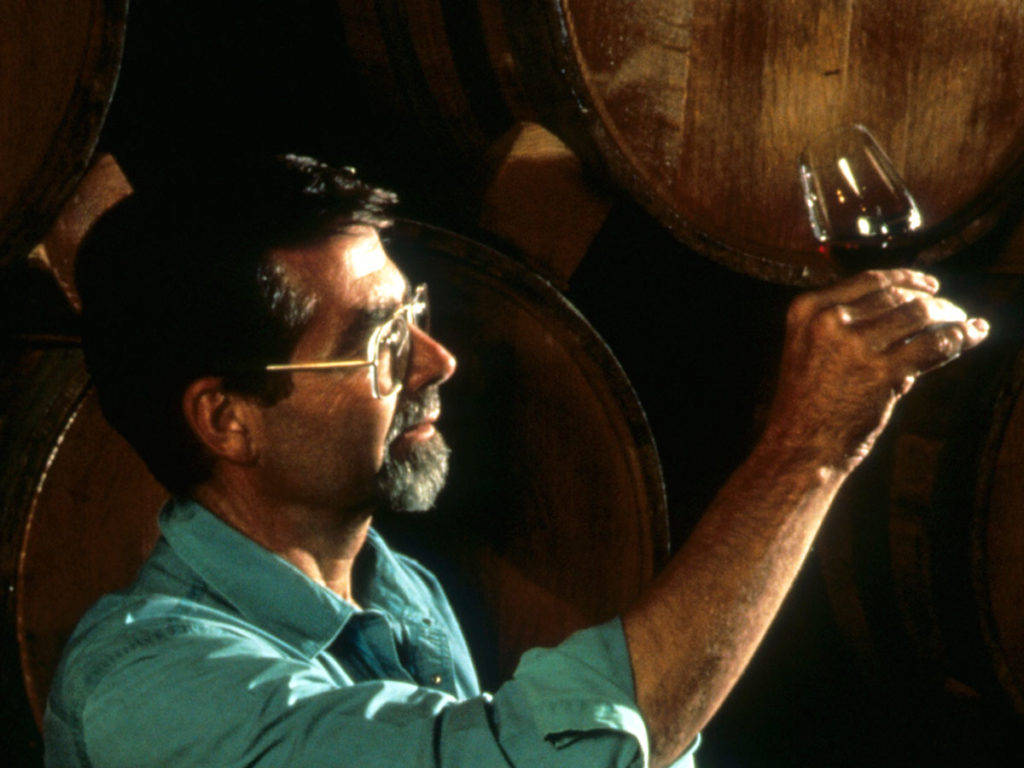One on One with Winemaker Paul Draper
Blog Post
In this three part video series, Paul Draper talks about how it all began, our pre-industrial approach to winemaking, and Ridge’s ongoing commitment to quality.

Part One: How It All Began
The history of Ridge Vineyards began in 1885, when Osea Perrone, a doctor who became a prominent member of San Francisco’s Italian community, bought 180 acres near the top of Monte Bello Ridge. He terraced the slopes and planted vineyards; using native limestone, he constructed the Monte Bello Winery, producing the first vintage under that name in 1892.
More than 50 years later, new owners Dave Bennion, Hew Crane, Charlie Rosen, and Howard Ziedler, all Stanford Research Institute engineers, made a quarter-barrel of “estate” cabernet from the old vines. Its quality convinced the partners to re-bond the winery in time for the 1962 vintage.
From there, the first zinfandel was made, vineyard size increased from fifteen to forty-five acres, Lytton Springs became part of the Ridge estate, and Paul Draper joined the partnership. To learn more about the history of Ridge Vineyards, watch the video below.
Part Two: Pre-Industrial Winemaking
By 1969, Paul Draper joined the partnership. A Stanford graduate in philosophy—recently returned from setting up a winery in Chile’s coast range—he was a practical winemaker, not an enologist. His knowledge of fine wines and traditional methods complemented the straightforward “hands off” approach pioneered at Ridge. From this grew the current Ridge philosophy of pre-industrial winemaking— which differed from the “industrialized” processes that were becoming the new normal in the winemaking industry. To learn more about pre-industrial winemaking at Ridge, watch the video below.
Part Three: Quality Above All Else
We believe that by striving for quality above all else, we can be successful. Ridge relies on nature and tradition rather than technology. Our pre-industrial approach is straightforward: find intense, flavorful grapes; intrude upon the process only when necessary; draw the fruit’s distinctive character and richness into the wine.
Find more videos like this by visiting our YouTube page.
Wait!
In order to qualify for user related discounts, you must log in before proceeding with checkout. Click the button below to log in and receive these benefits, or close the window to continue.
Log In